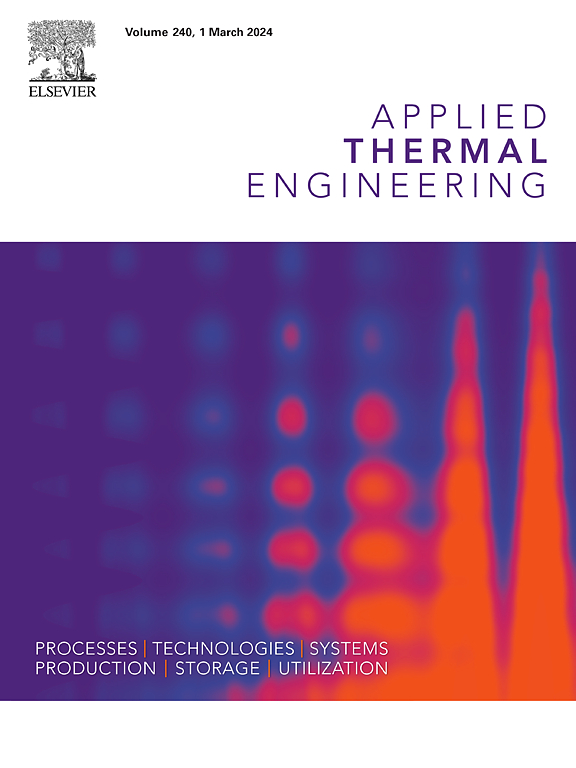Machine learning-based predictive model for temperature and comfort parameters in indoor enviroment using experimantal data
IF 6.1
2区 工程技术
Q2 ENERGY & FUELS
引用次数: 0
Abstract
The research introduces an artificial neural network model that predicts temperature and assesses thermal comfort metrics for a cooling room, demonstrating how machine learning advancements can enhance thermal efficiency and cost-effectiveness in building design. The study utilized the Levenberg-Marquardt (LM) artificial neural network (ANN) approach to derive the average temperature and thermal comfort metrics collected under actual operating settings. The Predicted Mean Vote (PMV) and Predicted Percentage Dissatisfied (PPD)values were measured at three distinct sites and then compared to the trial findings. The model uses a dataset of 205 observations, with 143 cases used for training and 31 examples for testing and validation. The ANN model demonstrated effective training, with negligible errors in estimated error values. The mean squared error values for average temperature and thermal comfort parameters were 0.0342, 0.0376, 0.0571, 0.0029, and 0.2296. The R values for temperature measurements are 0.9947 and 0.9923, 0.9847 and 0.9437, and 0.9737, demonstrating a highly effective engineering method. The ANN model provided precise predictions for temperature and thermal comfort metrics, such as PMV and PPD in a cooling chamber, with a tolerance of ± 15 %. The LM approach, a machine learning methodology, produced excellent outcomes, particularly at lower temperatures, with 15 % of the data exceeding this range.
基于机器学习的室内环境温度和舒适度参数预测模型(使用实验数据
研究介绍了一种人工神经网络模型,该模型可预测冷却室的温度并评估热舒适度指标,展示了机器学习的进步如何提高建筑设计的热效率和成本效益。该研究利用 Levenberg-Marquardt (LM)人工神经网络(ANN)方法,得出了在实际运行环境下收集到的平均温度和热舒适度指标。在三个不同地点测量了预测平均投票(PMV)和预测不满意百分比(PPD)值,然后与试验结果进行比较。该模型使用了一个包含 205 个观测值的数据集,其中 143 个案例用于训练,31 个案例用于测试和验证。ANN 模型的训练效果显著,估计误差值的误差可以忽略不计。平均温度和热舒适度参数的均方误差值分别为 0.0342、0.0376、0.0571、0.0029 和 0.2296。温度测量的 R 值分别为 0.9947 和 0.9923,0.9847 和 0.9437,以及 0.9737,表明这是一种高效的工程方法。ANN 模型对冷却室的温度和热舒适度指标(如 PMV 和 PPD)进行了精确预测,误差为 ± 15%。LM 方法(一种机器学习方法)产生了出色的结果,尤其是在较低温度下,15% 的数据超出了这一范围。
本文章由计算机程序翻译,如有差异,请以英文原文为准。
求助全文
约1分钟内获得全文
求助全文
来源期刊

Applied Thermal Engineering
工程技术-工程:机械
CiteScore
11.30
自引率
15.60%
发文量
1474
审稿时长
57 days
期刊介绍:
Applied Thermal Engineering disseminates novel research related to the design, development and demonstration of components, devices, equipment, technologies and systems involving thermal processes for the production, storage, utilization and conservation of energy, with a focus on engineering application.
The journal publishes high-quality and high-impact Original Research Articles, Review Articles, Short Communications and Letters to the Editor on cutting-edge innovations in research, and recent advances or issues of interest to the thermal engineering community.
 求助内容:
求助内容: 应助结果提醒方式:
应助结果提醒方式:


